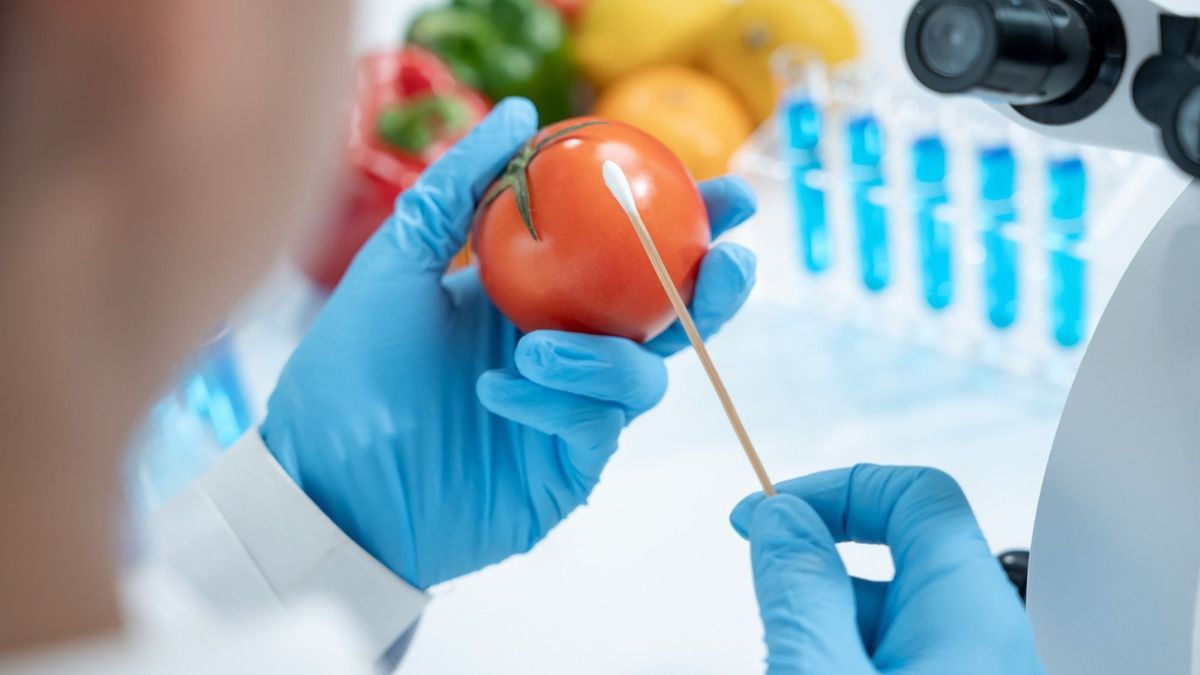
According to researchers, consuming certain foods in large quantities could increase the levels of “perennial pollutants” (PFAS) in the blood.
According to work published in the journal Environment Internationalconsuming large amounts of tea, meat and/or processed foods may be associated with higher levels of PFAS in the body.
Tea, meats and processed foods
For this study, 700 participants were recruited and had to answer a questionnaire about their eating habits. In particular, they were asked to specify how often they consumed “already prepared” foods in a restaurant, fast food restaurant or at home.
Certain food products – which are bad for your health – have come under closer scrutiny. These included pizza, burritos, tacos, fajitas, hamburgers, frankfurters and hot dogs, fries, home fries and hash browns.
The researchers then observed the levels of eternal pollutants (ultra-resistant chemical substances from industry: wrapping paper, emulsifiers, etc.) in the candidates’ blood.
Result ? Consumption of certain foods and drinks – such as tea, processed meats and fast food – were associated with higher levels of PFAS in participants’ blood.
Dietary fiber could reduce PFAS levels in the blood
Conversely, whole fruits, cooked cereals such as rice and oatmeal, bread, pasta and certain vegetables were poorly associated with perennial pollutants. Dietary fiber intake would in fact tend to “reduce the PFAS concentration rate“, reveals the study.
As for the significant presence of PFAS in tea, the researchers explain that this contamination is caused by “chemical treatment“bags.
“The results suggest that drinking habits and food preparation are associated with differences in PFAS levels in young adults. This highlights the importance of diet in determining PFAS exposure and the need for public monitoring of food and beverages to detect PFAS contamination“, confirm the authors, who believe that the latter could represent “the biggest threat” for human health.
NO to diets, YES to WW!
Packaging, a major source of contamination
Beyond food, food packaging containing PFAS can also constitute a “significant source of exposure” warn the researchers.
Previous studies have in fact revealed that eternal pollutants are frequently found in the packaging of desserts, bread, sandwiches, fast food hamburgers and in boxes – particularly pizza.
“Because PFAS-contaminated packaging materials are frequently used in fast food restaurants or for restaurant takeout, we examined the location of food preparation (fast food, restaurant, or home) as an indicator of exposure to food packaging“, confide the researchers.
“We found that higher consumption of home-prepared foods was associated with lower concentrations of PFAS“, conclude the researchers, who invite consumers to monitor their diet more.
Focus on PFAS, the eternal pollutants
PFAS are a group of chemical compounds used in many consumer products such as non-stick coatings, waterproof textiles and food packaging. These are substances that are poorly biodegradable and have high resistance, which has earned them the nickname “eternal pollutants”.
PFAS are currently associated with several adverse developmental effects during growth, hormonal disorders, effects on the immune system and an increased risk of developing certain types of cancer.
